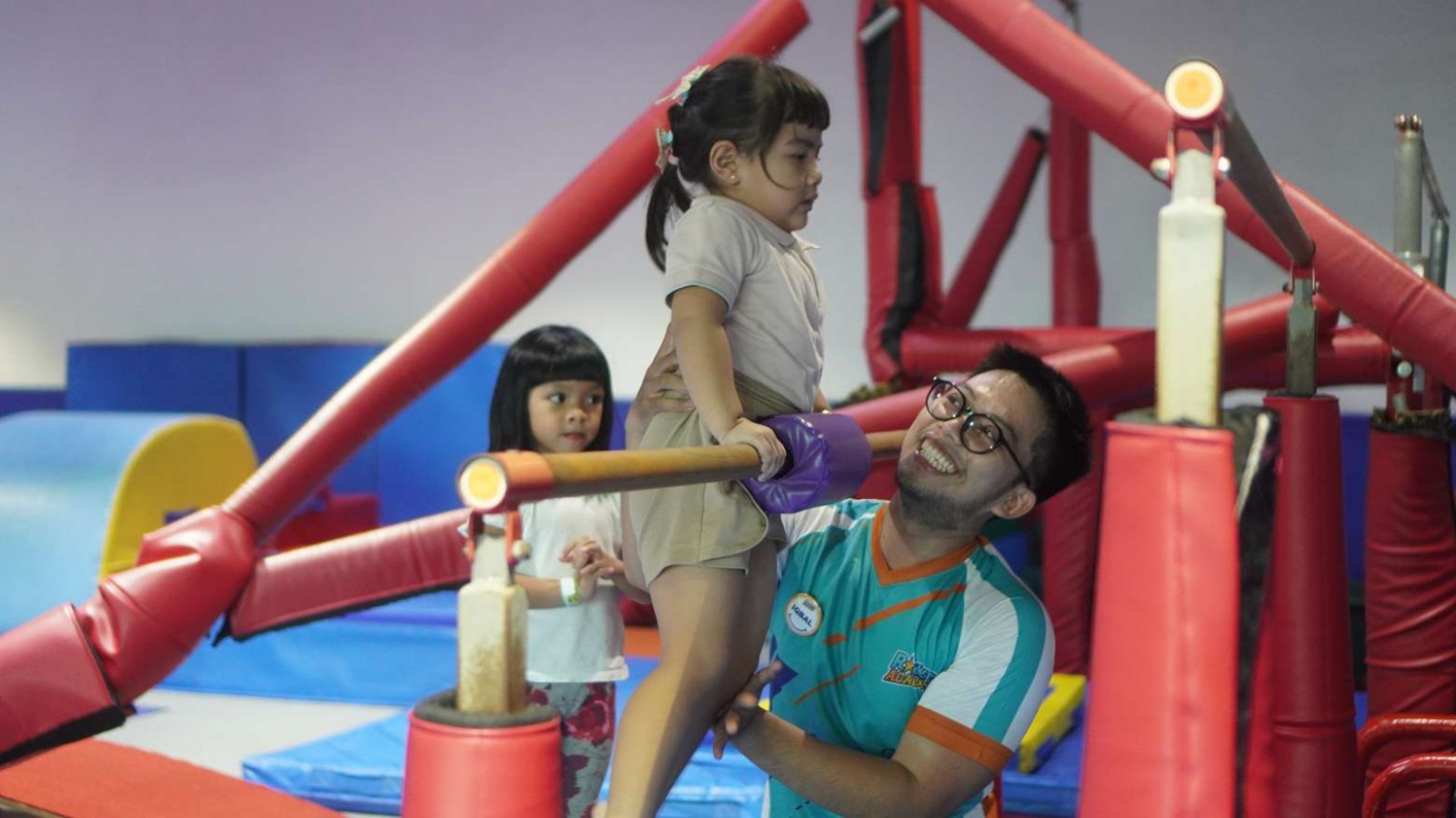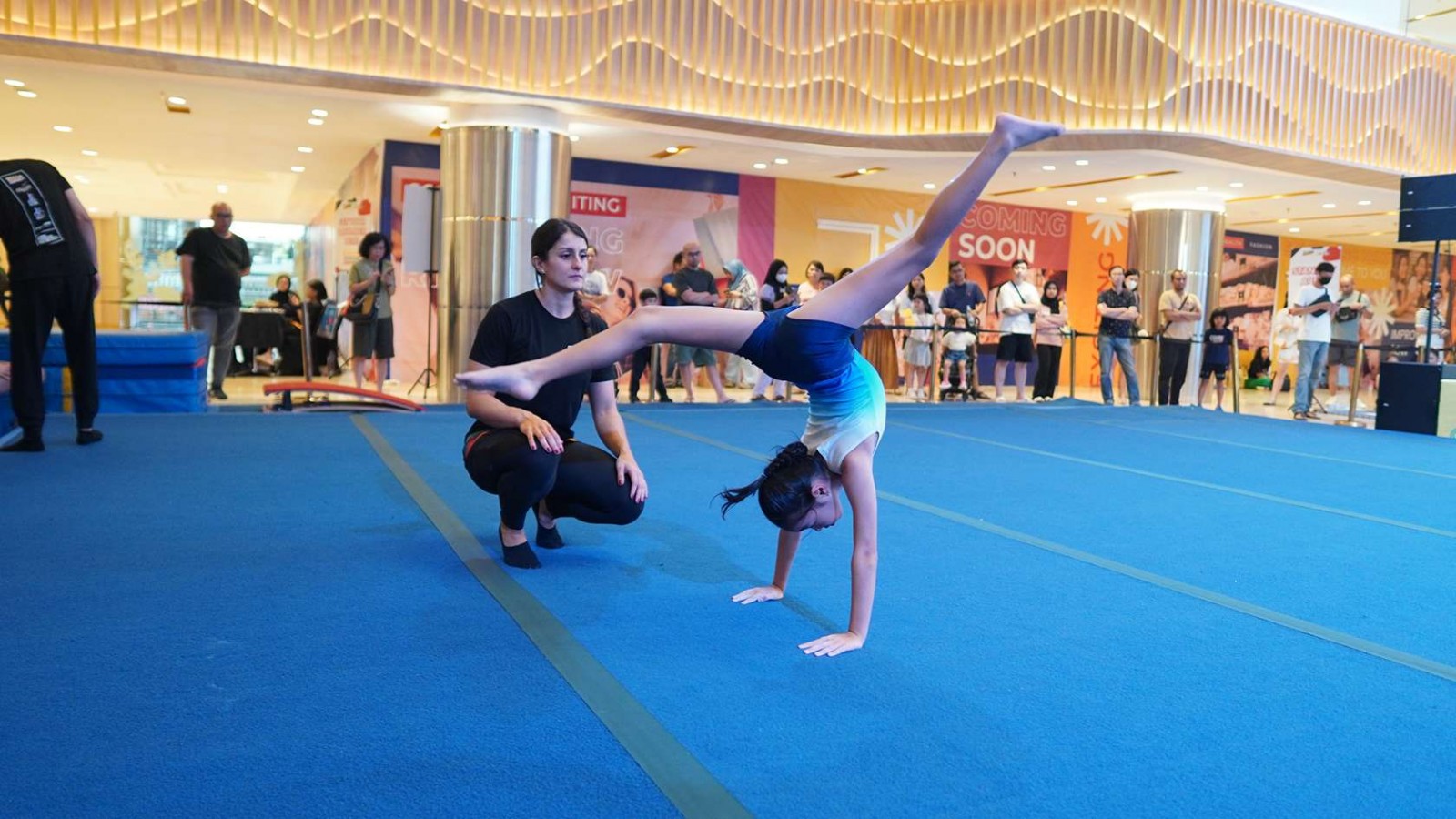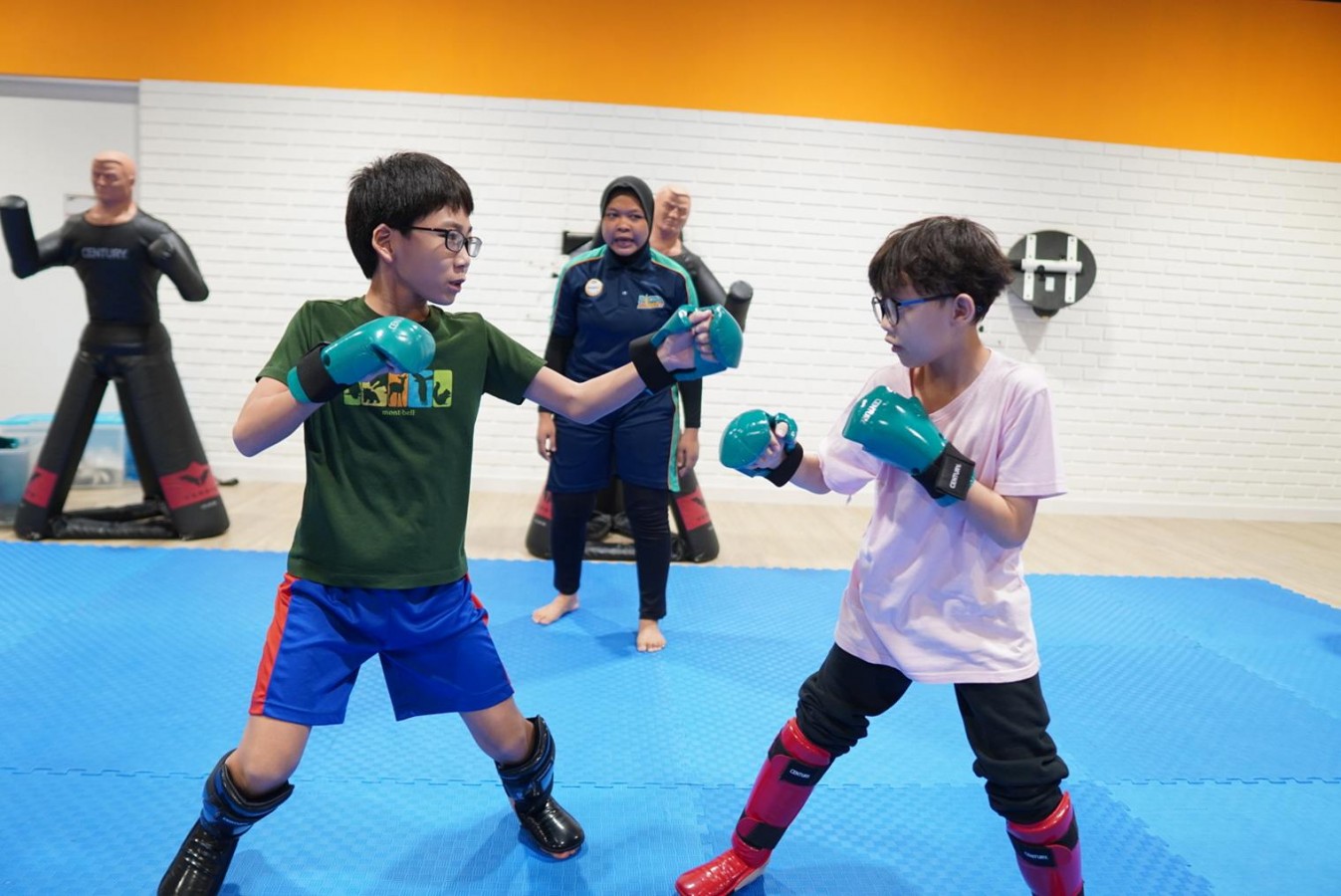Exploring Types of Ball Skills Activities for Children
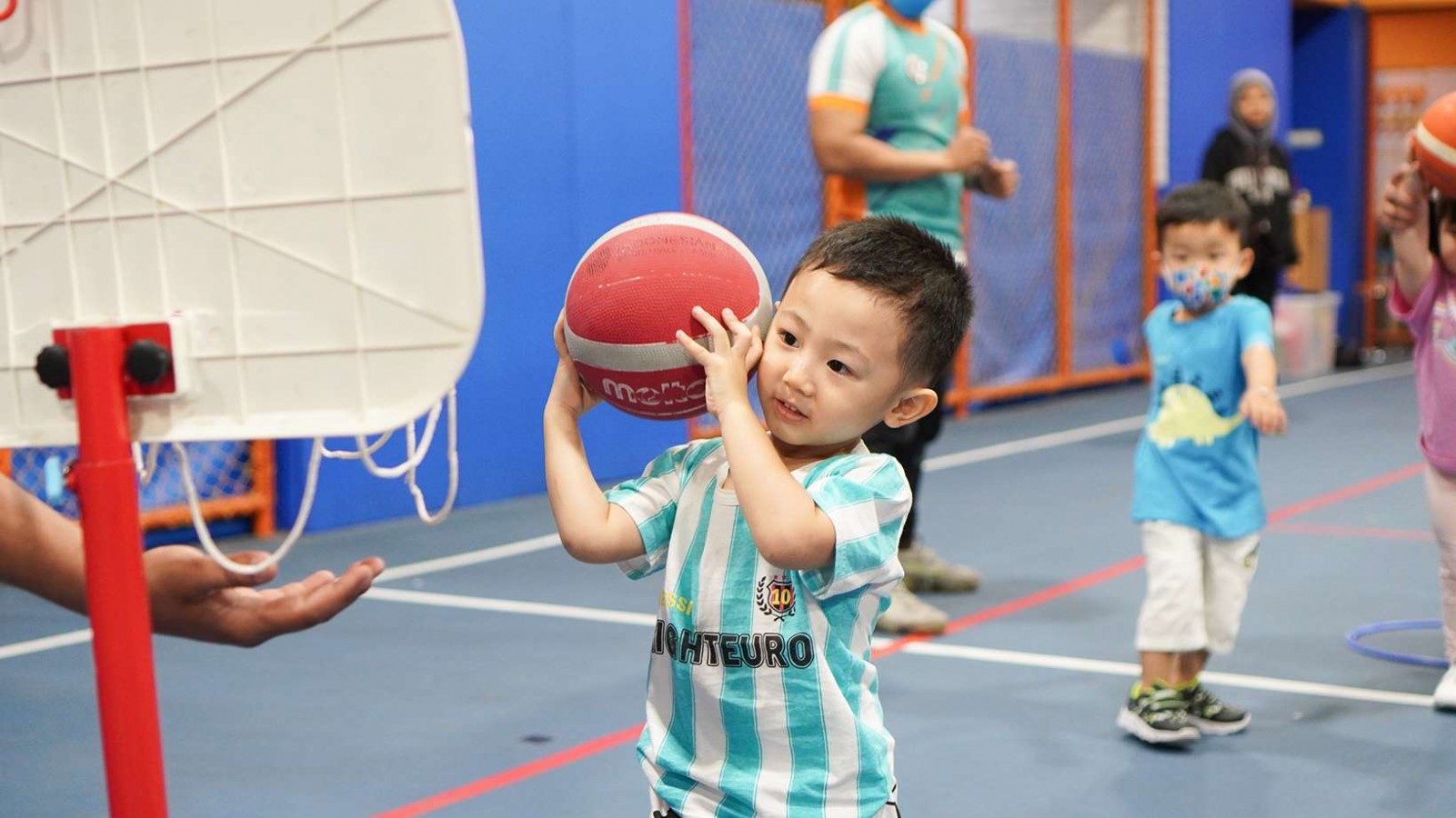
Engaging children in ball skills activities is not only about fun, but also an essential part for their physical and cognitive development. These activities not only enhance their coordination and motor skills but also foster teamwork and perseverance.
From kicking a soccer ball to catching a basketball, the variety of ball skills activities available ensures there's something for every child to enjoy and excel in. Let's delve into some exciting types of ball skills activities that can benefit children of different ages and abilities.
What are Ball Skills Activities?
Ball skills activities refer to a wide range of exercises and games that involve handling, manipulating, or interacting with a ball. These activities are designed to improve physical coordination, motor skills, and cognitive abilities in individuals, particularly children.
The examples of ball skills activities include throwing, catching, kicking, dribbling, passing, and striking balls of various sizes and types. These activities are not only beneficial for physical development but also promote social interaction, teamwork, and competitive spirit.
They are commonly practiced in educational settings, sports programs, and recreational environments to enhance overall physical fitness and skill proficiency.
Why Ball Activities are Good for Children?
Engaging children in ball activities offers a myriad of benefits beyond mere play. These activities foster a love for physical activity and play a vital role in shaping well-rounded individuals who are confident in their abilities both on and off the field. Ball activities are highly beneficial for children for several reasons:
1. Improves Eye-Foot and Eye-Hand Coordination
Engaging in ball activities like kicking, dribbling, throwing, and catching requires precise coordination between eyes and limbs.
These movements enhance the synchronization of visual information with motor responses, improving both eye-foot and eye-hand coordination.
2. Develops Balance
Balancing while manipulating a ball challenges children to control their body movements effectively.
Activities such as dribbling a soccer ball or balancing a ball on a racket encourage stability and proprioception, contributing to better overall balance skills.
3. Increases Reflexes and Focus
Quick reactions are essential in ball activities where children must respond promptly to incoming balls or opponents.
Practicing these activities sharpens reflexes and enhances the ability to focus on multiple stimuli simultaneously, crucial skills in sports and daily life.
4. Builds Fine Motor Skills
Manipulating balls involves intricate movements of fingers, hands, and feet. Activities like dribbling with control, throwing accurately, or striking a ball refine fine motor skills.
These skills are fundamental for tasks such as writing, tying shoelaces, and manipulating small objects.
5. Helps Children Become Skilful at Ball Sports
Proficiency in basic ball skills lays the foundation for participating in various sports such as soccer, basketball, tennis, and volleyball.
Mastering skills like passing, shooting, and dribbling prepares children for organized sports leagues and fosters a lifelong enjoyment of physical activity.
Various Types of Ball Activities
Ball activities come in a wide range of forms, each designed to enhance different aspects of physical and cognitive development in children. Here are some popular types of ball activities that children can enjoy:
A. Dribble the Ball
Dribbling the ball involves repeatedly bouncing a ball, typically with the hands or feet, while moving. In basketball, children use their hands to control the ball's bounce, enhancing hand-eye coordination and control.
In soccer, dribbling with the feet helps improve foot-eye coordination and agility. This activity builds both fine and gross motor skills, as well as spatial awareness and timing.
B. Kick the Ball
Kicking the ball is a fundamental skill in sports like soccer and football. Children practice striking the ball with their feet, aiming at targets or passing to teammates.
This activity enhances leg strength, balance, and coordination. It also teaches precision and control, as children learn to regulate the force and direction of their kicks to achieve desired outcomes.
C. Bowling
Bowling is a fun and engaging ball activity where children roll a ball towards pins with the goal of knocking them down.
This activity improves hand-eye coordination, accuracy, and concentration. It also introduces children to the concepts of aiming and scoring, making it a great way to develop strategic thinking and patience.
D. Clap and Catch
Clap and catch is a simple yet effective activity where children throw a ball into the air, clap their hands, and then catch the ball. This exercise enhances reflexes, hand-eye coordination, and timing.
It can be modified by increasing the number of claps or adding other movements, making it adaptable for different skill levels and ages.
E. Dodgeball
Dodgeball is a dynamic and exciting game where players try to avoid being hit by balls thrown by opponents while attempting to hit others. This activity improves agility, quick reflexes, and strategic thinking.
It also encourages teamwork and communication, as players often work together to outmaneuver their opponents. Dodgeball is excellent for building cardiovascular fitness and promoting social interaction.
How to Adapt Ball Play for Children of Different Ages and Abilities?
Adapting ball play for children of different ages and abilities involves tailoring activities to suit their developmental stages and skill levels.
Younger children benefit from using bigger, softer balls that are easier to kick and catch, promoting early motor skills and coordination. For kicking, providing support like holding onto playground equipment while practicing can help build confidence and balance.
Older children enjoy more complex activities such as bouncing or targeting with smaller balls, or using bats and racquets for games like cricket or tennis. These games enhance precision and hand-eye coordination while adding an element of strategy.
Engaging older children in group activities like soccer or kick-to-kick promotes social skills and teamwork, with adults guiding fair play and resolving conflicts when necessary to ensure a positive experience for all participants.
Join in the Fun Today!
Encouraging children to participate in these activities fosters a lifelong love for sports and physical activity, and also promotes health and well-being throughout their lives.
At Rockstar Academy, we believe in the complete development of children through our innovative Multi-sports class, where athleticism meets creativity. Our program blends the best of physical education with the arts, offering a dynamic curriculum that nurtures both sporting skills and performing talents.
Through expert coaching and engaging activities, students not only develop essential skills like coordination, teamwork, and resilience but also learn valuable life lessons in discipline and sportsmanship.
Our multi-sports program also offers students the exciting opportunity to participate in the RockOlympics. This unique event allows students, starting from as young as 1 year old, to push themselves beyond their limits and experience the rewards of their dedication and hard work.
As part of our commitment to promoting holistic development, we are thrilled to announce a free trial of our Multi-sports program. This trial provides a risk-free opportunity for children to experience firsthand the benefits of physical education in a supportive and nurturing environment.
Discover how our Sports & Performing Arts Academy can empower your child to excel both on and off the field. Join us today and watch your child thrive in our enriching Multi-sports program!
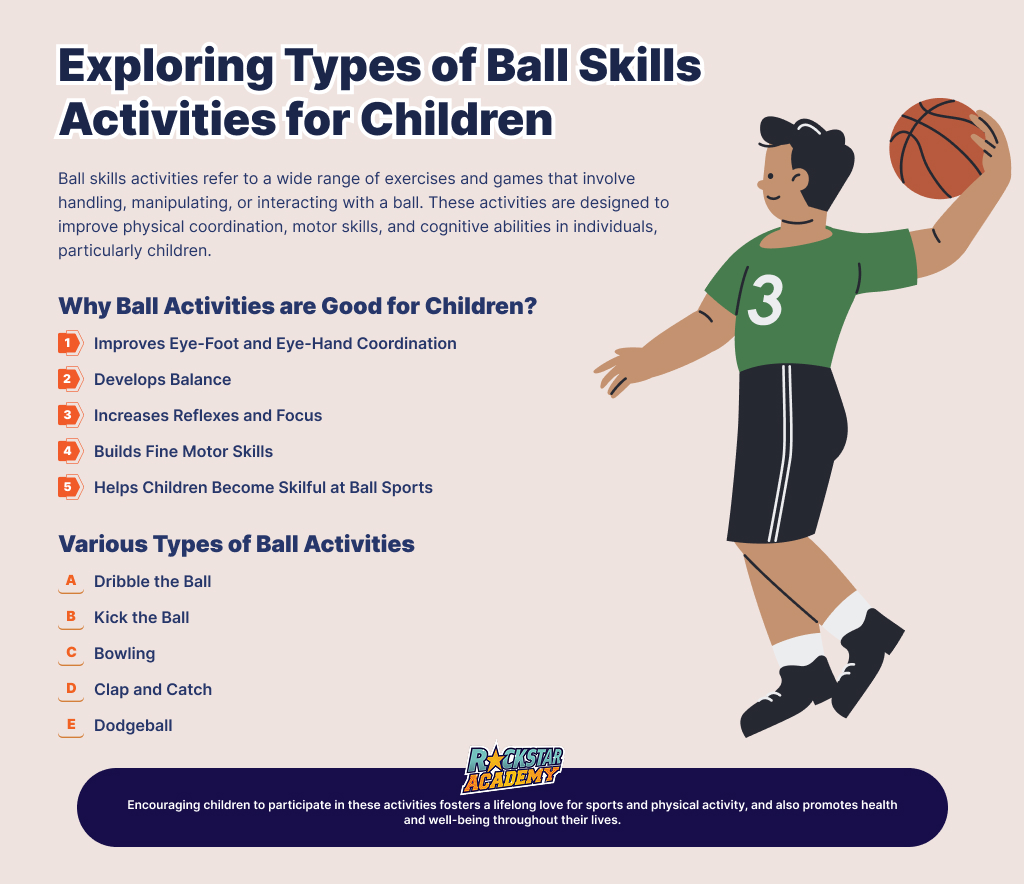
FAQ
What is the activity ball technique?
The activity ball technique refers to a set of exercises and games involving balls to improve physical coordination, motor skills, and teamwork among children.
How do you teach kids ball skills?
Teaching kids ball skills involves starting with basic activities like rolling and catching, gradually progressing to dribbling, kicking, and striking balls. Using age-appropriate equipment and providing positive reinforcement are key to effective learning.
